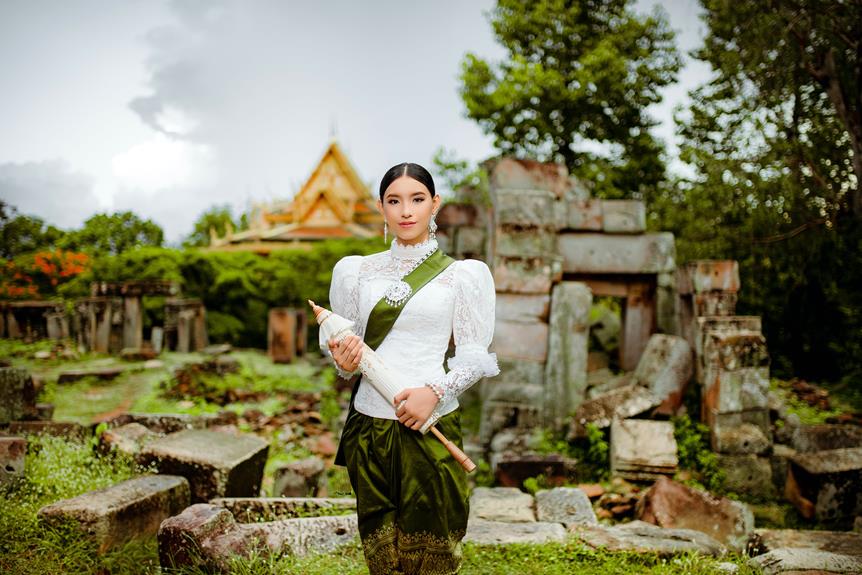As I explore the captivating region of Algarve, I am mesmerized by the remarkable ancient ruins that dot its landscape. These remnants of the past tell stories of civilizations long gone, leaving behind a captivating legacy.
Among the notable ruins are the Museu Municipal de Faro, where Roman mosaics and archaeological treasures are proudly displayed, and the Roman villa in Vilamoura-Cerro do Vila, boasting exquisite mosaic tiled floors.
Additionally, the Roman road in São Brás de Alportel and the Milreu ruins in Estói offer glimpses into the grandeur of Roman life in the Algarve.
Each of these ruins serves as a testament to the rich history and architectural wonders that await those who venture into the Algarve.
Key Takeaways
- The Algarve region in Portugal is home to a variety of ancient ruins, including Roman, Moorish, Phoenician, Celtic, and Medieval ruins.
- These ruins offer valuable insights into the history and cultural heritage of the region, showcasing the architectural and engineering skills of various civilizations.
- Notable Roman ruins in Algarve include the Museu Municipal de Faro, Roman villa in Vilamoura-Cerro do Vila, Roman road in São Brás de Alportel, and the Milreu ruins in Estói.
- The Moorish ruins in Algarve, such as Cerro da Vila, Milreu ruins, and Abicada ruins, provide evidence of continuous occupation from the Roman Empire to the Moorish period, highlighting the region's rich and diverse history.
Roman Ruins in Algarve
The Algarve region is home to several notable Roman ruins that showcase the architectural and engineering skills of the ancient civilization. One such ruin is the Milreu, located in Estoi. This site dates back to the 2nd century and boasts a luxurious Roman villa with impressive features such as a wine press, baths, mausoleums, and a temple.
The Milreu ruins provide a glimpse into the opulent lifestyle of the Roman elite in the Algarve.
Another remarkable site is the Cerro da Vila in Vilamoura. Here, visitors can witness the architectural and cultural influence of the Romans, as well as evidence of occupation by the Visigoths and the Moors.
Lastly, the Abicada ruins in Portimão offer a unique perspective on Roman architectural and engineering skills, with the foundations of a villa featuring a geometric layout and direct boat access to the estuary.
These Roman ruins in the Algarve aren't only of historical significance, but they also attract tourists interested in history and contribute to the local economy. With ongoing efforts to preserve and protect these ancient sites, visitors can continue to appreciate and learn from the rich Roman heritage of the Algarve, all while enjoying the region's beautiful sandy beaches.
Moorish Ruins in Algarve
Exploring the ancient ruins of Algarve, I was captivated by the Moorish remnants that tell the story of their occupation in the region. One notable Moorish ruin in Algarve is the Cerro da Vila in Vilamoura. This site, originally a Roman villa, was occupied by both the Visigoths and the Moors. Within the Roman houses, silos from the Moorish period can still be seen, providing a unique glimpse into the coexistence of these civilizations.
Another significant Moorish ruin is the Milreu ruins near Estoi. This site exhibits continuous occupation from the 1st to the 11th century and offers insights into the luxurious lifestyle of the Roman elite, as well as the influential families involved in politics and society. Additionally, the small museum at Milreu houses a collection of artifacts found on site, further enriching the visitor's experience.
Lastly, the ruins of Abicada, a Roman villa dating back to the 1st century, showcase the architectural and engineering skills of the Romans, while also providing stunning views of the estuary and sea. Overall, these Moorish ruins in Algarve highlight the region's rich history of continuous occupation, from the Roman Empire to the Moorish period.
Phoenician Ruins in Algarve
During my exploration of ancient ruins in Algarve, I came across notable Phoenician remnants that shed light on their historical presence in the region. These ruins serve as a testament to the Phoenician influence in the Algarve and provide valuable insights into their trade and navigation skills.
Here are four significant Phoenician ruins in the Algarve:
- Roman Ruins: The Phoenicians' impact can be seen in the Roman ruins found in the region, showcasing their influence on subsequent civilizations.
- Second Century Remnants: Dating back to the second century, these ruins offer a glimpse into the ancient Phoenician settlements that once existed in the Algarve.
- Milreu Ruins: Located in Estoi, the Milreu ruins are a prime example of Phoenician architecture, showcasing intricate mosaics and other artifacts.
- Interpretative Centre: The Interpretative Centre in Alcalar provides a comprehensive understanding of the Phoenician presence in the region through informative exhibits and displays.
As we move on to explore Celtic ruins in the Algarve, let's delve into their fascinating historical significance.
Celtic Ruins in Algarve
As an archaeology enthusiast, I was fascinated to discover several remarkable Celtic ruins in the Algarve. Although the Algarve is often associated with Roman ruins, it's important to note the presence of Celtic remains in the region.
One notable site is the Castro de Santa Olaia, located near the urban area of Alcoutim. This Celtic settlement, dating back to the 4th century BC, showcases the ancient history and culture of the Algarve before the arrival of the Romans.
Another significant Celtic site is the Castro do Zambujal, found in the Municipal de Vila do Bispo. This fortified village, also from the 4th century BC, provides insight into the urban life of the Celtic people in the Algarve.
These Celtic ruins serve as a testament to the rich and diverse history of the region, bridging the gap between the ancient Celtic and Roman civilizations.
Transitioning into the subsequent section about medieval ruins in the Algarve, it's fascinating to see how the region evolved over time, with each era leaving its mark on the landscape.
Medieval Ruins in Algarve
Transitioning from the Celtic ruins, the Algarve region also boasts notable medieval ruins that highlight its rich historical heritage. These ruins offer a glimpse into the medieval period and provide valuable insights into the region's past. Here are four notable medieval ruins in the Algarve:
- São Brás de Alportel– Calçadinha: This site still preserves a 1480-meter Roman road, which serves as a testament to the region's ancient transportation network.
- Estói– Milreu ruins: The Ruínas de Milreu showcase the remains of a wealthy Roman villa. Visitors can explore the site's wine press, baths, mausoleums, and a temple, providing a fascinating glimpse into Roman life in the Algarve.
- Portimão– Abicada ruins: Although overgrown and not easily accessible, the foundations of another Roman villa can still be seen at the Abicada ruins. These ruins offer a unique opportunity to visualize how Romans lived in the Algarve.
- Beaches of the Algarve: While not traditional ruins, the beaches of the Algarve also hold historical significance. Many of these beaches were once frequented by Romans and provide a picturesque backdrop to explore the region's past.
Exploring these medieval ruins and the beaches of the Algarve allows visitors to immerse themselves in the rich history and cultural heritage of the region.
Frequently Asked Questions
What Are the Prehistoric Sites in the Algarve?
Prehistoric settlements in the Algarve have been discovered through archaeological excavations, revealing megalithic monuments and stone tools from the Paleolithic era and Neolithic period. These sites offer valuable insights into the region's ancient history.
What Is Algarve Best Known For?
The Algarve, known as the gem of Portugal's coastline, is famous for its breathtaking beaches, mouthwatering seafood, world-class golf courses, luxurious resorts, stunning cliff formations, and charming traditional fishing villages.
Does Portugal Have Roman Ruins?
Yes, Portugal has Roman ruins. The Roman Empire had a significant influence in Portugal, and there are notable Roman archaeological sites in Algarve. The Roman architecture and history in Algarve are captivating and contribute to the region's rich cultural heritage.
What Is the Most Exclusive Area in the Algarve?
The most exclusive area in the Algarve is Praia da Luz. It offers exclusive resorts, luxury villas, high-end restaurants, private beaches, elite golf courses, and VIP nightlife experiences.
Conclusion
In conclusion, the Algarve region in Portugal is a treasure trove of ancient ruins that showcase the rich history and architectural influence of various civilizations.
From the impressive Roman ruins, such as the Museu Municipal de Faro and the Roman villa in Vilamoura-Cerro do Vila, to the Moorish, Phoenician, Celtic, and Medieval ruins, the Algarve offers a fascinating glimpse into the past.
How did these diverse civilizations shape the region's cultural landscape and leave behind such remarkable remnants of their existence?



